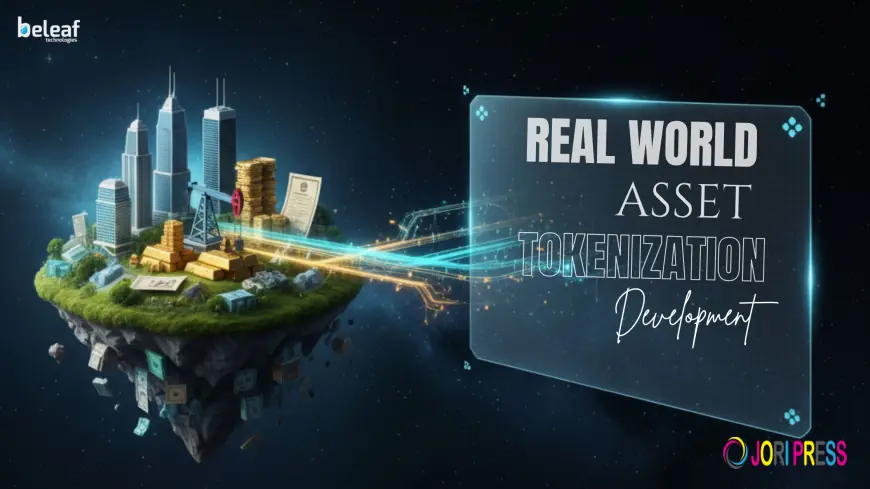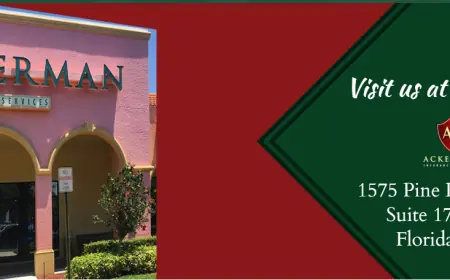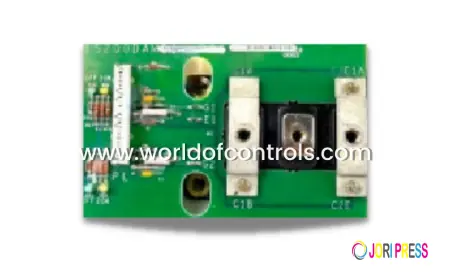Why Everyone’s Speaking About Real World Asset Tokenization — Is It Worth the Hype?
While the concept might sound complex, the outcome is simple: making valuable real-world assets accessible, tradeable, and transparent through blockchain-powered systems.

In today’s financial landscape, innovation and practicality are merging faster than ever. One of the hottest topics leading this transformation is real world asset tokenization, the process of turning tangible assets into digital tokens on the blockchain. While the concept might sound complex, the outcome is simple: making valuable real-world assets accessible, tradeable, and transparent through blockchain-powered systems.
What Is Real World Asset Tokenization?
Real world asset tokenization means representing real-world items like real estate, gold, art, or corporate bonds as digital tokens. These tokens serve as proof of ownership, recorded securely on a blockchain. A real world asset tokenization platform helps businesses and investors digitize, manage, and trade these tokenized assets efficiently.
Example:
-
A $10 million property can be divided into 1 million digital tokens.
-
Investors can purchase tokens worth $1,000 each, owning a small share of the property.
-
Ownership is recorded on blockchain transparent and verifiable.
This concept breaks traditional barriers, letting people participate in markets that were once limited to institutions and high-net-worth individuals.
Why Is Everyone Talking About It?
The buzz around tokenization comes from its ability to bridge traditional finance and blockchain technology. It’s more than a trend, it's a redefinition of how we invest and trade.
Key reasons behind the growing hype:
-
Wider accessibility: Tokenization allows fractional ownership, inviting smaller investors to join big markets.
-
Speed and efficiency: Blockchain eliminates manual paperwork and third-party dependencies.
-
Transparency: Every transaction and ownership record is visible and tamper-proof.
-
Liquidity: Assets that were once illiquid (like real estate or art) can now be traded instantly.
In short, tokenization brings the convenience of crypto to the security of tangible assets, a combination that excites investors and institutions alike.
The Real Benefits of Tokenizing Assets
While the excitement is justified, the true value lies in how tokenization changes the financial ecosystem.
1. Inclusive Investment Opportunities
Anyone can invest, regardless of their financial background or location. Tokenization democratizes access to assets like property, collectibles, and private equity.
2. Enhanced Market Liquidity
Tokenized assets can be traded around the clock on digital platforms, making traditionally slow-moving markets much more dynamic.
3. Cost Efficiency
By removing intermediaries, a real world asset tokenization platform reduces transaction costs, legal overheads, and settlement delays.
4. Transparent Ownership
Blockchain records every transfer and transaction, ensuring complete traceability and trust among participants.
5. Cross-Border Accessibility
Tokenization breaks down geographical limits anyone can invest in a tokenized property in another country with ease.
The Invisible Power Behind Tokenization
Beyond the headlines, tokenization represents something deeper: the union of trust and technology. When assets are tokenized, they are infused with what can be called “programmable trust.” This means each token comes with embedded rules and data that ensure fairness, security, and authenticity without relying on middlemen.
How this invisible power works:
-
Smart contracts handle agreements automatically once conditions are met.
-
Immutable records prevent disputes about ownership or valuation.
-
24/7 availability allows investors to trade whenever they want global, nonstop markets.
-
Interoperability means tokens can work across different blockchain ecosystems.
In short, the technology doesn’t just represent assets it redefines how trust is built in financial systems.
Real-World Use Cases Making Tokenization Popular
The concept is already being tested and implemented in multiple industries:
-
Real Estate: Developers tokenize luxury properties, offering fractional ownership.
-
Art and Collectibles: Rare artworks are sold in tokenized shares to multiple investors.
-
Energy Sector: Renewable energy credits and carbon credits are being tokenized for easier trading.
-
Private Equity: Startups use tokenization to raise capital through transparent digital shares.
Each of these examples shows that tokenization isn’t just an idea, it's a functioning, growing financial model already changing global markets.
Is It Really Worth the Hype?
Absolutely but not for the reasons most people think. Tokenization is not a get-rich-quick scheme; it’s an evolution of ownership and investment. It allows assets to move with the same speed as information, making financial systems more efficient and inclusive. A real world asset tokenization platform ensures every token is directly tied to a legally backed, real-world asset. This gives investors:
-
Confidence that their investment is secure.
-
Flexibility to trade or hold based on their goals.
-
Transparency in how their assets are managed and audited.
Imagine a world where you can invest $100 in a beach resort or a classic car without borders or brokers. That's what tokenization makes possible.
The Future of Tokenization
We’re still at the early stages, but the trajectory is clear. As more governments explore regulatory clarity and institutions adopt blockchain infrastructure, tokenization could soon become a universal standard for asset ownership.
What the future might hold:
-
Fully tokenized stock markets.
-
Global liquidity networks connecting traditional and crypto assets.
-
Automated income distribution through smart contracts.
-
Financial inclusion for billions of people worldwide.
The movement toward tokenization is shaping the next era of finance decentralized, transparent, and borderless.
Closing Thoughts
The growing conversation around tokenization isn’t just hype, it's a signal of a new financial foundation being built right in front of us. A real world asset tokenization platform bridges the tangible and digital worlds, offering investors trust, liquidity, and accessibility like never before. It’s not about chasing trends, it's about embracing a future where ownership, trade, and opportunity belong to everyone.The future of finance is not in speculation, but in tokenized reality and that’s exactly why everyone’s talking about it.
What's Your Reaction?
 Like
0
Like
0
 Dislike
0
Dislike
0
 Love
0
Love
0
 Funny
0
Funny
0
 Angry
0
Angry
0
 Sad
0
Sad
0
 Wow
0
Wow
0















































